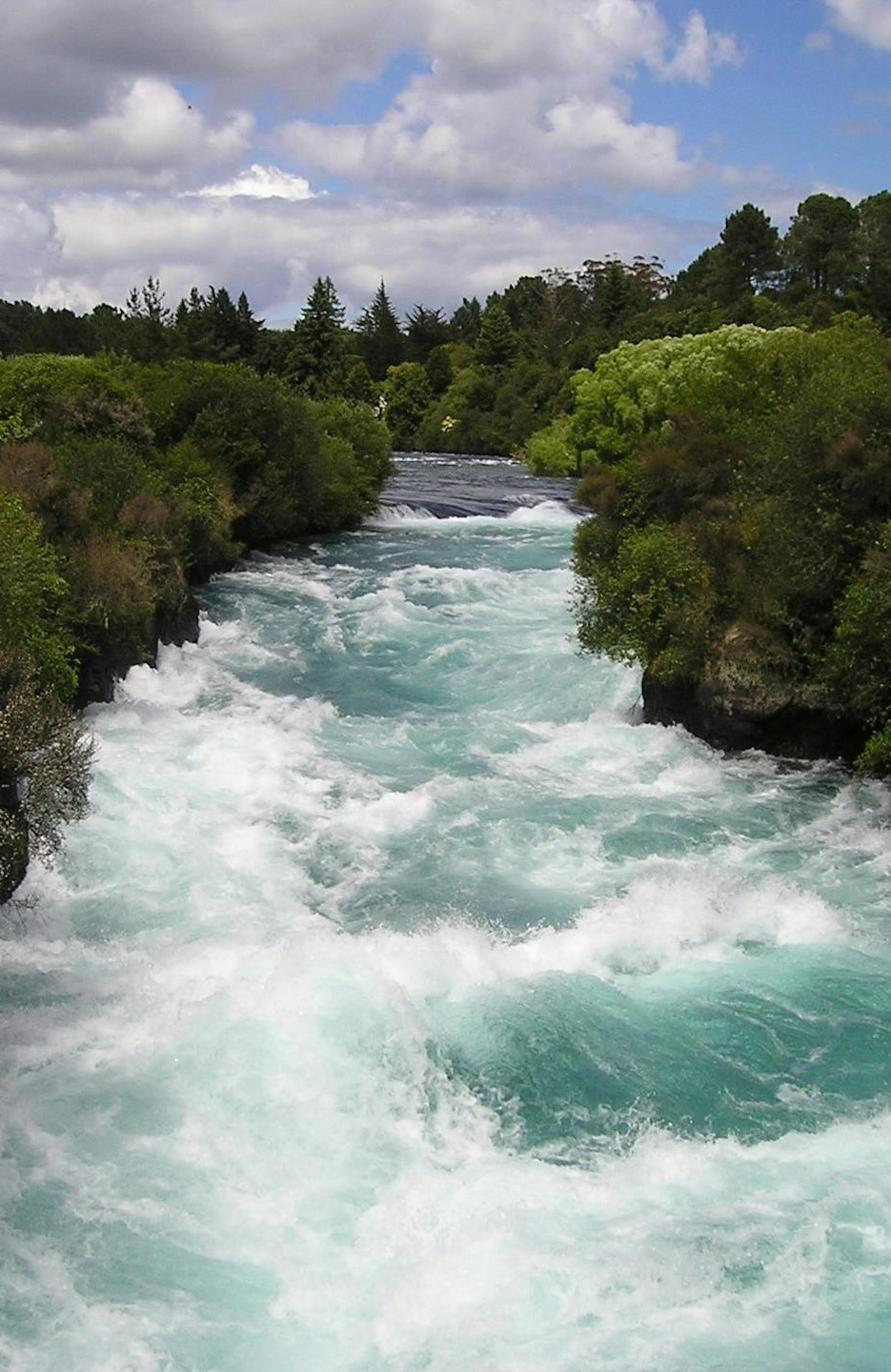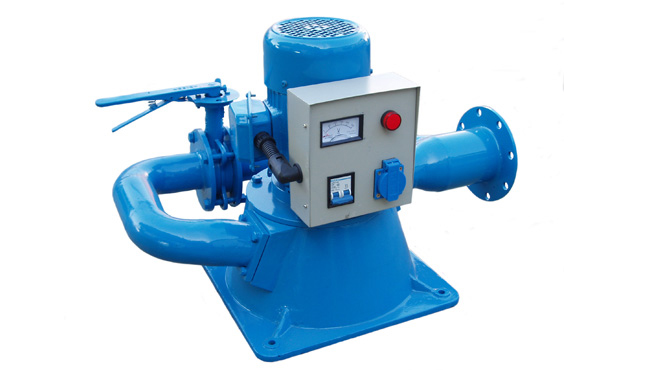Hydroelectric systems
Generate low carbon electricity with a cost-effective small-scale hydroelectric system
Skye Design Construct offers consultation, design, installation, integration and maintenance

Connect to the power of running water
A small-scale hydroelectric system can be a cost-effective and reliable way to generate low carbon electricity for your business. Many small hydro schemes already exist on rivers and streams around New Zealand, and there are more opportunities to use water-driven generation for remote farms and businesses, if you have access to the right stream or waterway.
How hydroelectricity works
Rivers flow from areas of higher elevations towards lakes or oceans, and as the water moves, it gains kinetic energy. A hydroelectricity system uses that energy to turn turbine blades, causing a shaft to spin, which is connected to a generator. On rural sites they can be set up wherever water falls from a higher lever to a lower level, for example a waterfall, hillside, stream, or where a reservoir discharges into a river.
The type of turbine you need depends on the vertical distance the water falls and the rate at which the water flows. Pelton wheels are the type of turbine most commonly used for small scale domestic generation.
Micro-hydro systems are best suited to rural areas on streams or waterways that flow all year round. The more vertical distance (head) you have between the point where you take the water and the location of the turbine, the more electricity you can generate.
Small scale hydro systems don’t usually need water storage. A portion of the river or stream is diverted through a pipe system to the micro-hydro turbine and generator. Then it’s returned to the same stream or river. This type of system has far less impact on the environment than large scale hydro schemes. But if your small scale hydro scheme does need a form of water storage such as a dam, you’ll need to get consent.

Small-scale hydroelectric systems are generally classified into three sizes:
- micro-hydro – up to 5 kW, and often less than 1 kW
- mini-hydro – between 5 kW and 20 kW
- small commercial hydro – between 20 kW and 10 MW
